Neptune And Uranus Have Tiny Moons We Didn’t Know About
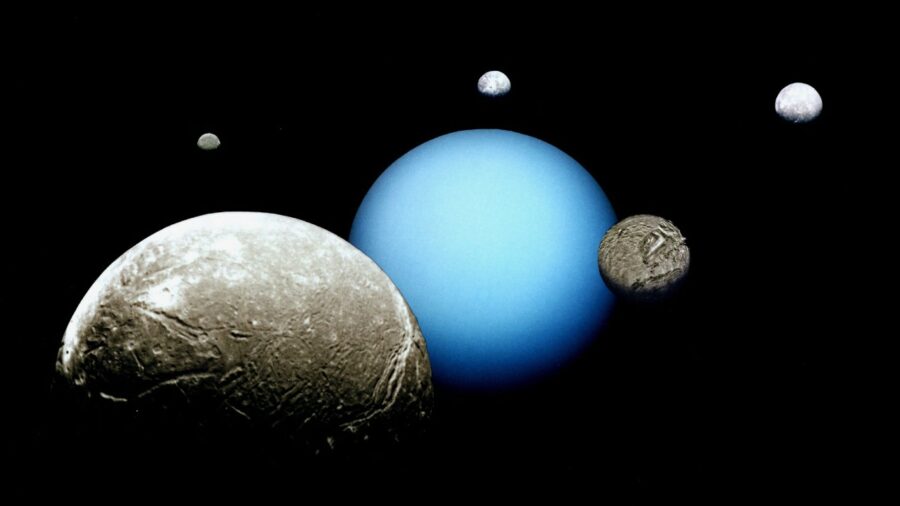
Astronomers have discovered that Neptune and Uranus have previously undocumented Moons orbiting each planet. Marking the first time in a decade that such celestial bodies have been observed, these newfound moons are elusive and the faintest ones ever spotted around any planet. The find sheds light on the dynamics of satellites in the outer reaches of our solar system.
Pushing Boundaries Of Observational Depth
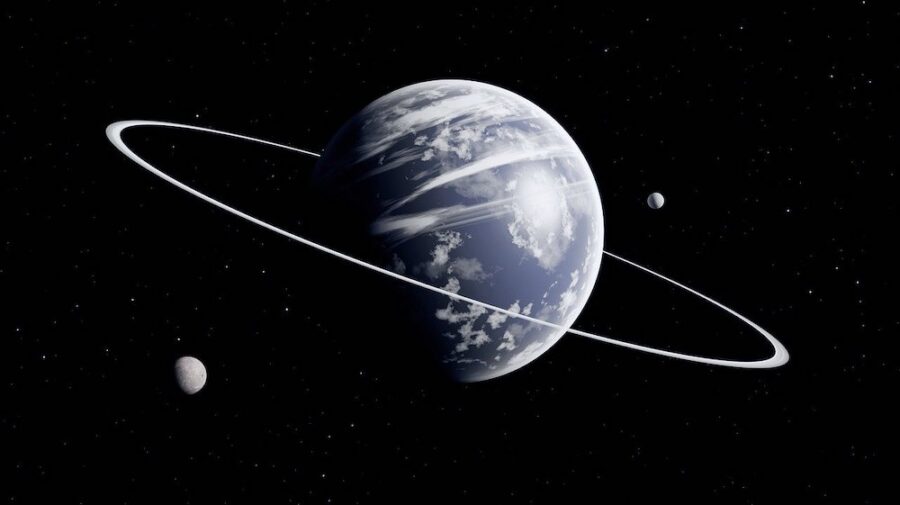
Scott Sheppard and his team at the Carnegie Institution for Science in Washington, DC, used the Magellan telescope in Chile and several other large telescopes from across the globe to find the Neptune and Uranus Moons.
Using an innovative approach, they pushed the boundaries of observational depth to capture faint points of light on the verge of human detection.
Taking Consecutive Images
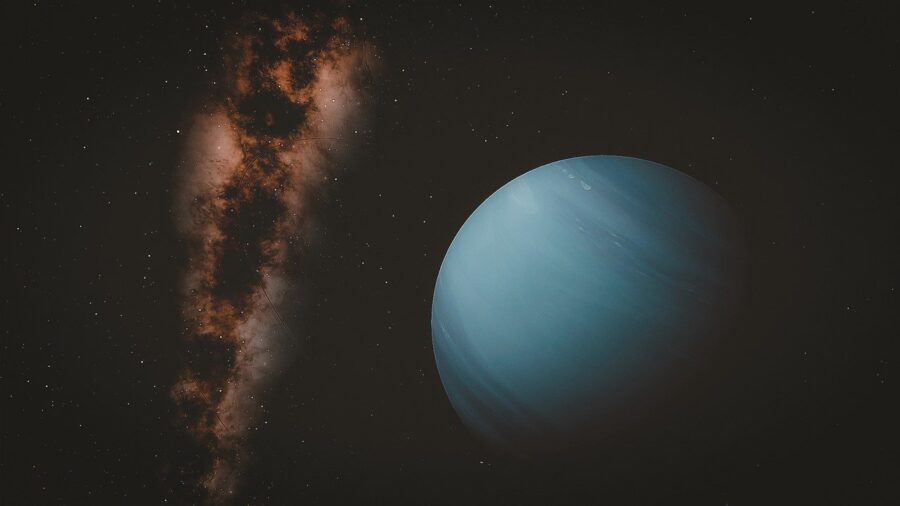
Typically, the search for moons involves taking images with a maximum exposure of about five minutes to prevent overexposure. To overcome this limitation, Sheppard’s team took several consecutive five-minute images, observed for extended periods, and then combined the dim sections. This allowed them to discern the Neptune and Uranus Moons despite them being extremely faint.
Provisional Moon Names
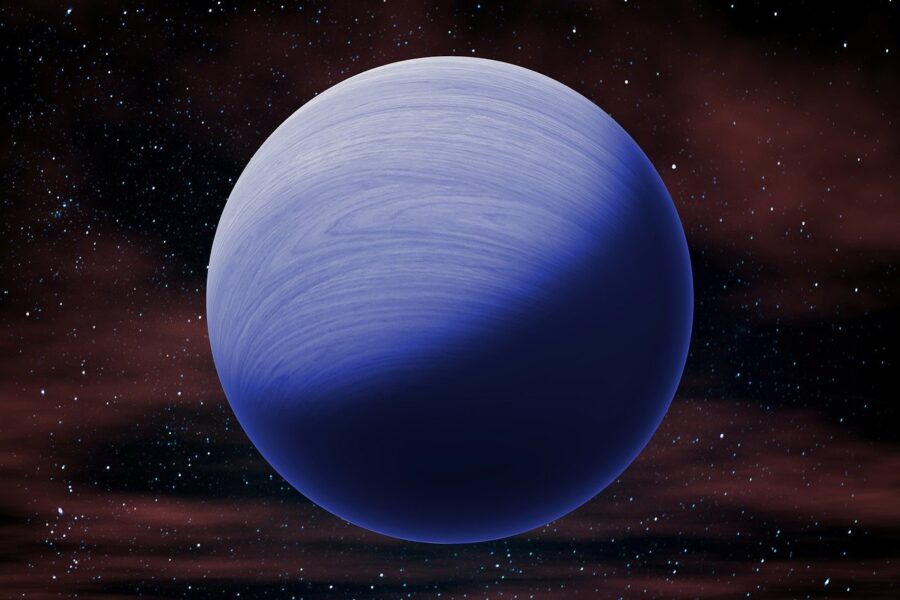
The Neptune and Uranus Moons have been given provisional names. The new Moon around Uranus is S/2023 U1. It will eventually be named after a Shakespearean character to match its other Moons. The new Moon measures eight kilometers across and completes an orbit around Uranus every 680 Earth days.
Neptune’s (like Uranus’) latest Moon has been temporarily named S/2021 N1. It is approximately 14 kilometers in diameter, making it the most distant Moon from its host planet to date. With an orbital period of about 27 Earth years, it will soon receive an official name from Greek mythology. It is also the faintest Moon ever found.
Sharing Similar Orbits
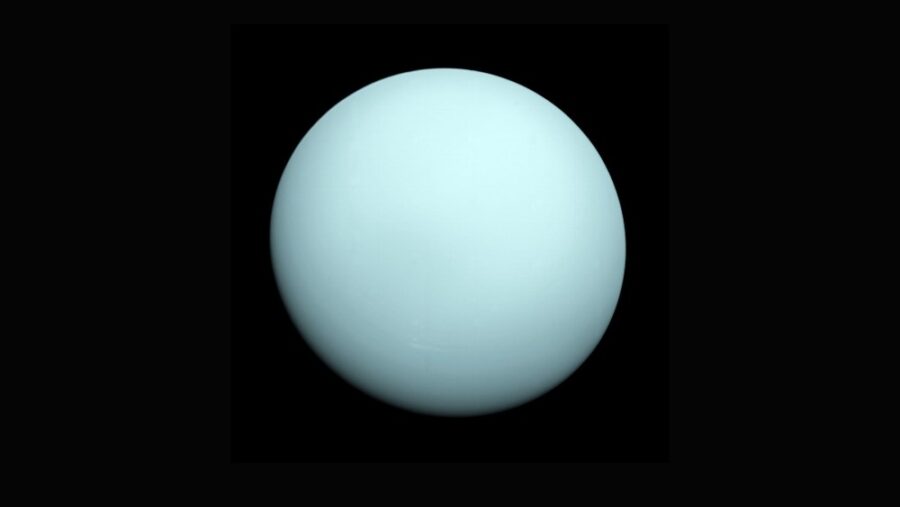
Notably, one of the brighter and larger moons found orbiting Neptune, named S/2002 N5, was originally spotted over two decades ago.
Unfortunately, it was lost before astronomers could confirm its orbit due to unforeseen challenges in observation. Scott Sheppard emphasizes the difficulty in tracking these celestial bodies, stating that one “can lose a moon really easily.”
Neptune and Uranus’ three new moons share similar orbits with two other satellites in their respective planetary systems, forming small groups that orbit together. This leads astronomers to believe that each of these groups likely originated from the fragmentation of a larger moon during the chaotic early stages of the solar system.
Several Moons Each
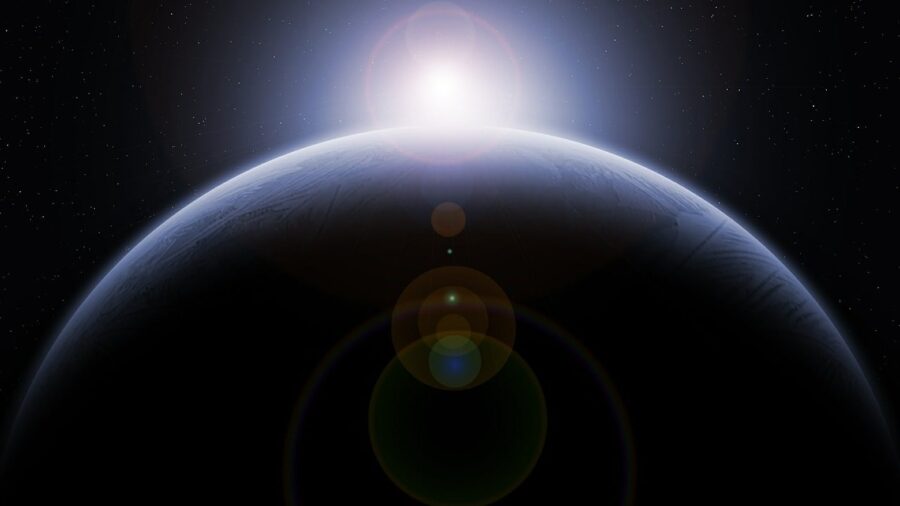
Scott Sheppard highlighted the significance of this discovery. “Until now, it was unclear whether Uranus and Neptune had these groups of outer Moons like Jupiter and Saturn do.
We believe these are fragments of once bigger Moons, and there are probably many more smaller ones to find,” he explained of the discovery.
Neptune and Uranus have several Moons each. The largest and most well-known orbiting Uranus are Miranda, Ariel, Umbriel, Titania, and Oberon.
Originally Discovered By Voyager Spacecraft
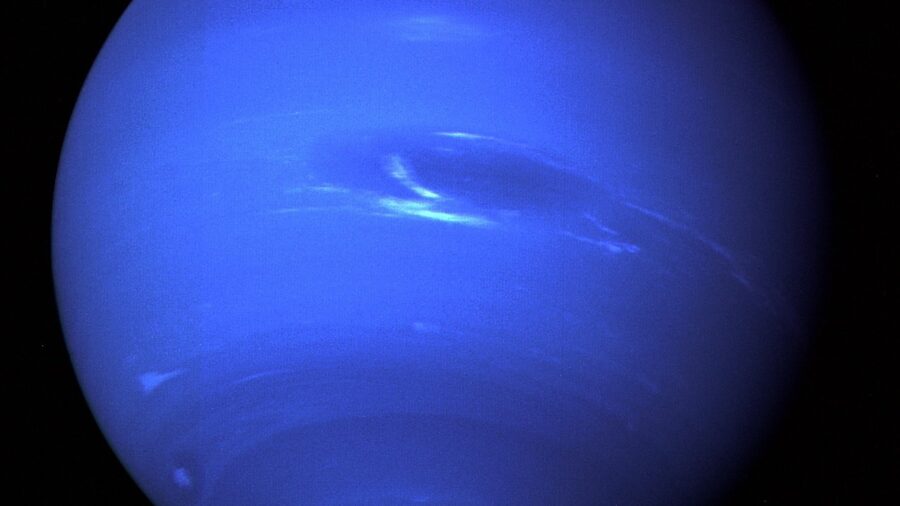
These moons were discovered by the Voyager 2 spacecraft in 1986. Miranda is the smallest of the five major Moons and is known for its varied and unusual surface features, including cliffs, canyons, and other geological formations.
Neptune has 14 known Moons. The largest is Triton, which is unique among large Moons in the solar system because it has a retrograde orbit. That means it orbits Neptune in the opposite direction to the planet’s rotation.
This suggests that Triton might have been captured by Neptune’s gravitational pull rather than forming in orbit around the planet.
Source: New Scientist












